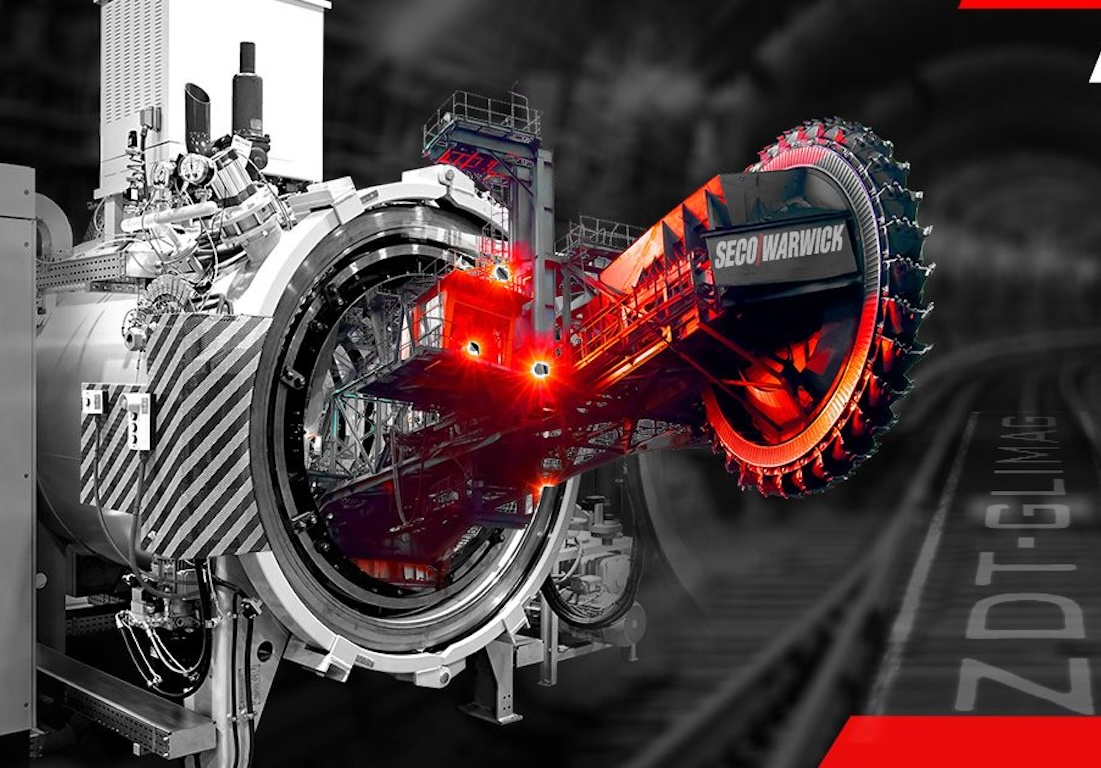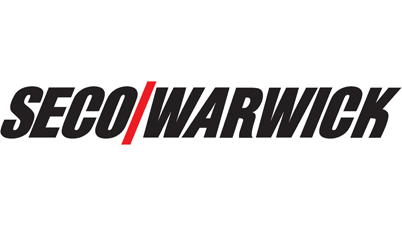April 2024 | A SECO/Warwick Vector® vacuum furnace was purchased by ZDT Glimag, an entity providing services in the field of vacuum heat treatment, laboratory tests and production of parts for mining machines.
The partner already has two furnaces from the SECO/Warwick vacuum family. The Vector vacuum furnace on order is a design with an operating space of 600x600x900mm. The furnace will be equipped with numerous options that will allow ZDT Glimag to carry out a wide range of heat treatment processes for a large number of steel grades.
The furnace will be used for vacuum brazing, FineCarb® vacuum carburizing and high-pressure hardening. Thanks to the optimal chamber size, the furnace design will enable efficient heat treatment of large packages of test and research elements.
Advantages of Vector® vacuum furnace
The efficiency of processes is also influenced by the ability to cool at 15 bar (which, unlike the old furnaces, eliminates the need to wash the parts after the process). In combination with inverter control, the system also helps reduce power consumption peaks, which are so problematic today.
Another big advantage is low heat losses and appropriate temperature uniformity in the heating chamber, which is resistant to rapid wear and is easy to use and service. The furnace is equipped with the FineCarb® vacuum carburizing option, which allows users to carry out precise processes in order to increase the steel surface hardness during the entire thermal process, as well as directional cooling, which allows the system to adapt to different ways of cooling problematic elements in terms of shape.
An additional advantage is the partial pressure system, which helps prevent sublimation of alloying elements from the load surface during the vacuum heat treatment or vacuum brazing process. Partial pressure control is important when processing many materials to prevent evaporation and contamination in the hot zone.
“ZDT Glimag is a long-term Partner, as evidenced by the fact that our solutions have been operating in its plants for 30 years. It is a center very well oriented in the metal heat treatment industry, constantly testing new, innovative solutions that in turn make the mining industry more efficient. The new Vector will introduce revolutionary changes in the hardening plant, introducing innovation and a very wide range of precise processes. SECO/Warwick will provide a furnace which has numerous options and is not afraid of working even in the most demanding conditions to conduct an appropriate test or a complex trial,” says Maciej Korecki, Vice-President of the Vacuum Furnace Segment in the SECO/Warwick Group.
Vector for the research industry
The Vector® line vacuum furnaces by SECO/Warwick can be used in most standard vacuum carburizing, hardening, tempering, annealing, supersaturation, and brazing processes. At the same time, the solution can be adapted to the recipient’s individual requirements, and therefore to a specific industry. This design is also perfect for research centers testing innovative solutions for external customers.
The solution‘s characteristic features are convection heating, i.e., a system improving the heat transfer efficiency when heating at lower temperatures, and directional cooling, which allows complex, flimsy, and long elements to be cooled in various ways, minimizing their deformations. An additional advantage is the vacuum carburizing option, which allows users to carry out precise processes to increase the steel surface hardness (carburizing) during the entire thermal process.
“Since the 1960s, we have been designing prototypes, conducting research and technological tests, and implementing new technologies for mining. We are currently in the process of materializing the project titled „Implementation of an innovative product resulting from research and development work: a brake pad with a composite friction layer with increased abrasion resistance” implemented under the European Funds for a Modern Economy (FENG) 2021-2027 Program. FENG is a program supporting entrepreneurs in the area of broadly understood innovation. It places great emphasis on R&D activities.” explains Beata Kowalewska, President of the Management Board – Financial Director of ZDT Glimag.
She adds, that the new SECO/Warwick furnace fits into the policy of broadly understood modernity implemented in this project. It will streamline and expand the scope of heat treatment processes and improve their economics, taking into account energy savings and the graphite chamber efficiency. It will also ensure the process cleanliness and velocity. With the FineCarb® vacuum carburizing option, the technology also increases our flexibility and research capabilities.
“Most importantly, we are glad that SECO/Warwick presented its offer in response to our needs and thus joined the common, exciting process of creating innovation. This decision was certainly a consequence of many years of cooperation and mutual trust. We understand each other perfectly because we have been dealing with heat treatment processes for decades. A common passion has resulted in a long-term partnership” – so Beata Kowalewska.
(Source: SECOWarwick/2024)

